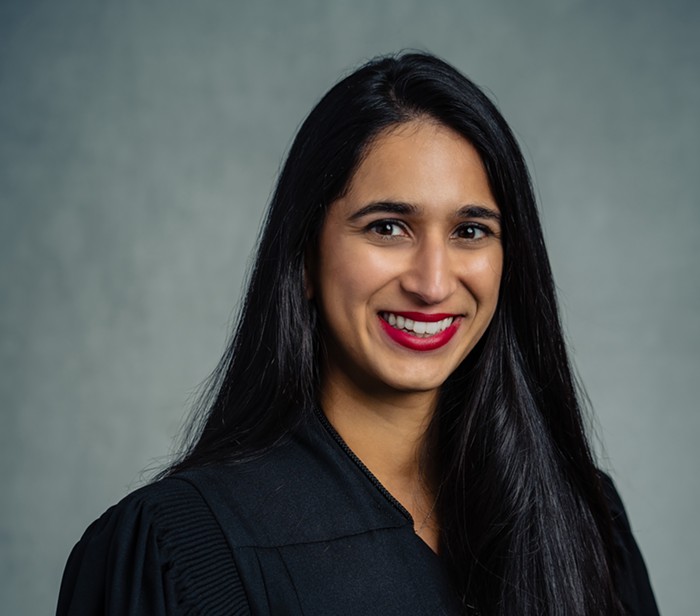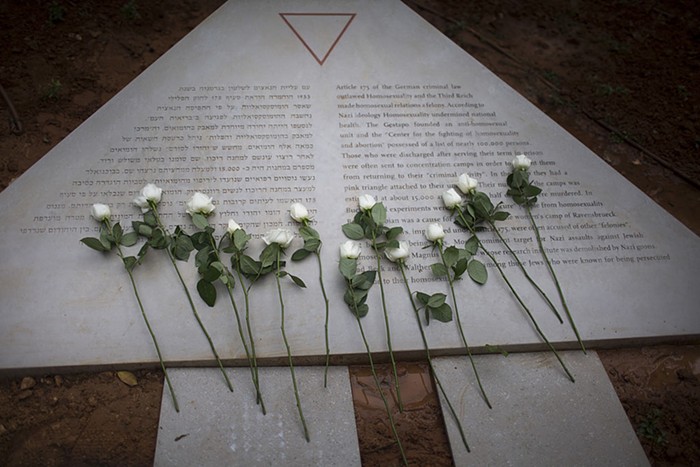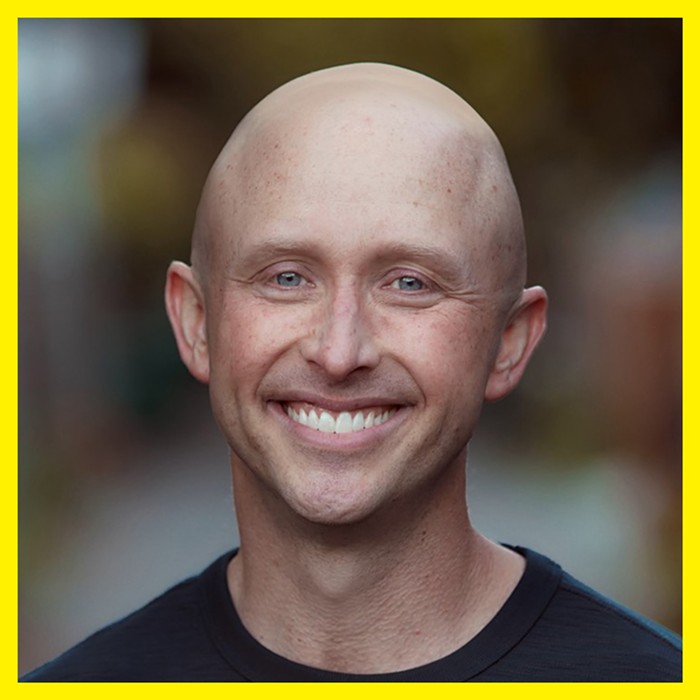
There's a key part of Kathryn Schulz's terrifying New Yorker earthquake story that really left me shaking my head. I'm not talking about how the tsunami "will look like the whole ocean, elevated, overtaking land," or how "the odds of the big Cascadia earthquake happening in the next fifty years are roughly one in three." One of the most shocking things to read in Schulz's account of the Cascadia subduction zone (CSZ) was also how recently science had stumbled upon it.
As Schulz explains, the "discovery" of the CSZ's violent underpinnings just a few decades ago wasn't really a new discovery at all. Local tribes had been passing down accounts of earthquakes and tsunamis that rocked Cascadia for centuries. In that way, Schulz's story also shines a harsh spotlight on a major scientific blindspot: the aspect of the discipline that's consistently valued one type of knowledge (colonial) over another (indigenous).
In 2013, Seattle Times science reporter Sandi Doughton went into more detail on some of the indigenous accounts of Cascadia's historical earthquakes in her book, Full Rip 9.0. She recounted how Robert Dennis, leader of the Huu-ay-yaht First Nation on Vancouver Island, learned about the most recent CSZ quake from his great-grandfather, Chief Louis Nookmis, at the kitchen table. But despite the existing indigenous knowledge of earthquakes, scientists took a much longer time to figure out (and confirm) that Cascadia wasn't actually seismically stable. In 2007, two researchers—historian Coll Thrush and seismologist Ruth Ludwin—published an article in the American Indian Culture and Research Journal that explored what this kind of delayed rediscovery of earthquake history meant.
The researchers cited multiple indigenous accounts of earthquakes, like this one:
Cascadia’s seismicity profoundly shaped indigenous peoples’ understandings of their homelands, and oral traditions collected by European, Canadian, and American newcomers paint vivid pictures of the effects of the region’s earthquakes on the communities that made their homes there. An elder of the Cowichan people of the eastern coast of Vancouver Island, for example, told ethnographer Charles Hill-Tout that "in the days before the white man there was a great earthquake. It began about the middle of one night... threw down... houses and brought great masses of rock down from the mountains. One village was completely buried beneath a landslide.” Accounts from peoples of the outer coast, meanwhile, speak to the tsunamis generated by quakes on the CSZ.
The same 2007 article also looked at the discipline of geology itself, and how closely the study of land developed alongside colonial conquests:
Geology crystallized as a discipline in tandem with Europe’s domination of large swaths of the world. It was shaped by those encounters; Alix Cooper has argued persuasively that European “discoveries” around the world led intellectuals, including mineralogists and other natural historians, to understand their own homelands in new ways, which in turn shaped how explorers, colonists, and others saw the “new” worlds. Geology was central to this process in that it offered a methodology to fuel the planet’s industrial and economic transformation, but it also transformed historical narratives about the earth and its peoples.
But here's the nut:
Colonial scientists and administrators typically ignored or dismissed indigenous peoples’ own forms of knowledge. Out of the Enlightenment’s certainties, new binaries were born: Europeans and their colonial offspring had art, science, and history, while the “natives,” whether in India, the Congo, or British Columbia, had corresponding (and, in the imperial mind, inferior) categories of craft, superstition, and myth. Geologists, paleontologists, and anthropologists often portrayed “races... whose existence had been hidden from mankind” to be “like the fossil bones of antediluvian animals,” which reinforced the perceived primitiveness of colonized landscapes and colonized peoples.
And just like the science of geology expanded with colonial conquest, indigenous ways of knowing were trivialized as Native people were killed, pushed out, disenfranchised, et cetera:
Just as imperialism and the Enlightenment were linked more broadly, geological investigations of the Northwest Coast of North America went hand in hand with the dispossession of the region’s indigenous peoples and the denigration, dismissal, and dismantling of their systems of knowledge. From Meriwether Lewis’s descriptions of Northwest geomorphology to the painstakingly detailed soil descriptions of General Land Office surveys that facilitated homesteading, the systematic cataloging of Cascadia’s earthly wealth was a parallel process to—or perhaps more accurately, an integral component of—colonialism.
The good news is that science's narrow taste for certain types of data has begun to change. New indigenous-scientific collaborations are taking root, particularly here in the Pacific Northwest. Just look at the US Geological Survey's seven-year partnership with the Salish Canoe Journey, in which tribal canoes traveling hundreds of miles are able to take snapshots of ocean health every 10 seconds with attached water quality monitors. In 2008, the Swinomish Indian Tribal Community won funding from the US Department of Health and Human Services to launch a two-year study of climate impacts on tribal resources. Last year, the journal Ecology and Society even cited a timeless, living document from the Heiltsuk First Nation in its study of grizzly bear migration throughout British Columbia. And just this past spring, the Puyallup Tribe of Indians bought the Seattle Cancer Treatment and Wellness Center and opened the "first tribal-owned cancer care center in Indian Country and the United States," offering treatment to all.
"The brevity of our lives breeds a kind of temporal parochialism—an ignorance of or an indifference to those planetary gears which turn more slowly than our own," Schulz wrote in her piece. It's a frightening and sharply observed point. Her story also goes to show that cultural ignorance, too, will have made Cascadia all the more vulnerable when the Really Big One hits.


















